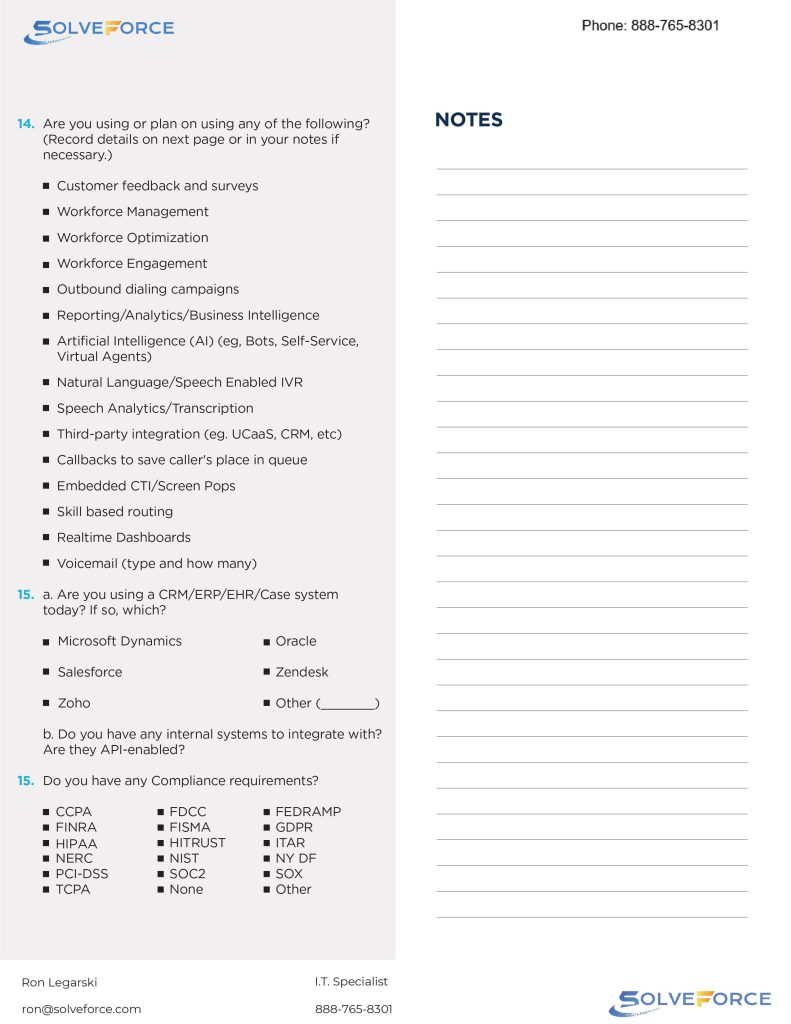Infrastructure is the foundation of any modern society, encompassing everything from transportation and utilities to communication networks. As technology evolves, so too does our infrastructure, adapting to meet the changing needs of populations and businesses. Here’s a vision of what the future may hold for global infrastructure: 1. Smart Infrastructure: 2. Green Infrastructure: 3. Decentralized… Read More
Continue Reading

